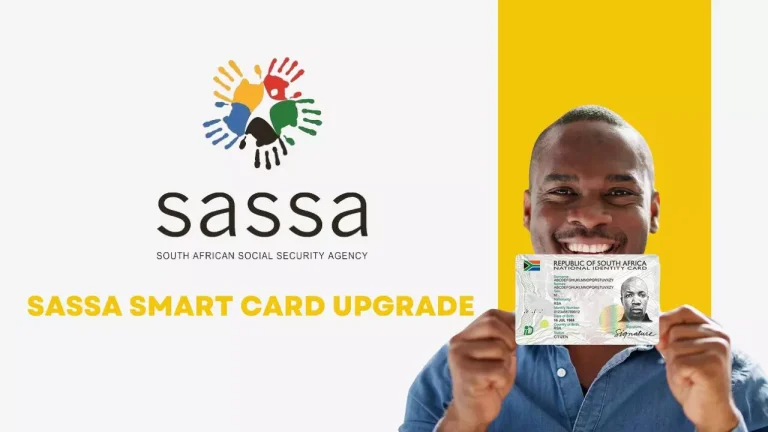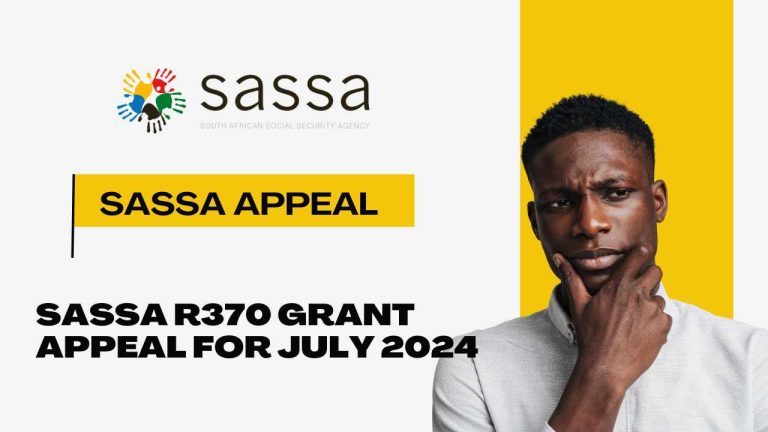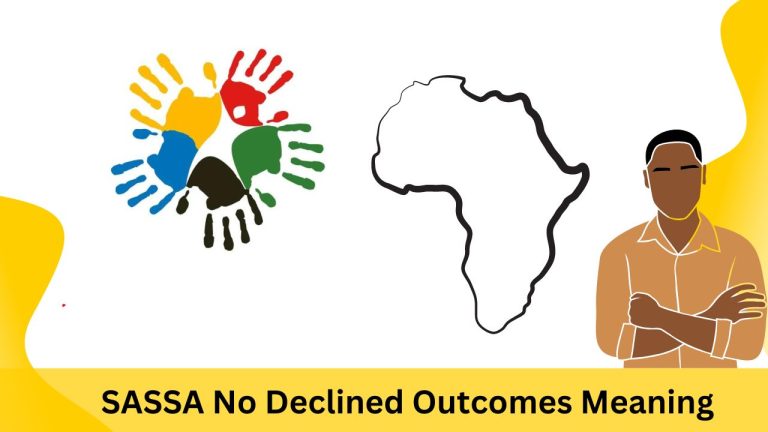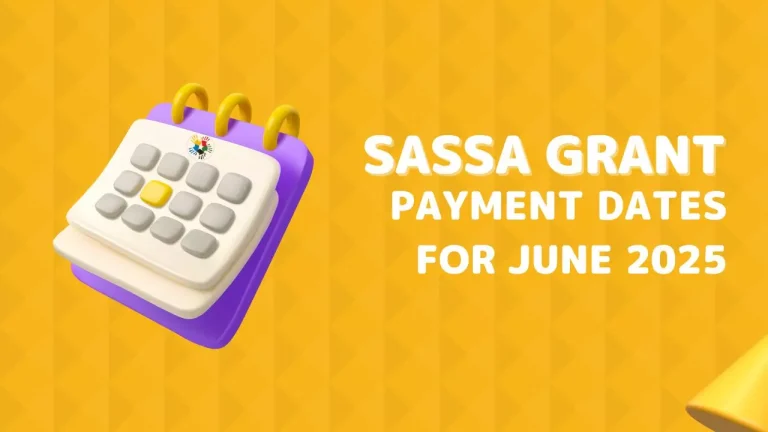How to fix self-exclusionary response found in SASSA?

Once you apply for any SASSA grant, it is advisable to keep checking the status regularly to stay updated on the outcome. However, receiving the Self Exclusionary response status can be shocking and many tend to believe that it translates to rejection. The good news is that the self-exclusionary response status on your SASSA application does not mean a final rejection.
Rather, it offers you a chance to fight. The status means that you were found ineligible for the grant on grounds that you already have a source of income and earn more than R350 per month.
If that was an honest mistake made on your part, then you can lodge an appeal for review and possibly, overturning of the SASSA decision. This article gives a step-wise guide on how you can fix the self-exclusionary response to successfully receive your grant.
What does Self Exclusionary Response Found Status mean on SASSA?
If you receive this status on your SASSA application, you are likely to feel frustrated and disappointed. However, this should not be the case—unlike what many think, this status does not mean that your application has been declined. Simply put, the status means that from the information you provided in your application, you are not eligible for the grant and already have a source of income or are in a government facility. In the event that you do not have a source of income, and are not in a government facility but still receive this status, below is how you can go about it.
Also Check: SASSA Change Banking Details for R350 to TymeBank
How to fix self-exclusionary response found in SASSA?
Now that you understand what the response means, here are some steps to fix it.
Change your answers to No
The status only comes up if you answered Yes on a question regarding your working status and income amount. Therefore, the first step is to log into the SASSA services portal and modify the answers on your SASSA application to No where applicable.
Lodge an appeal
The next step is to file an appeal for SASSA to reconsider your application. For this;
- Visit the Department of Social Development, DSD, website at https://srd.sassa.gov.za/appeals. Click on Lodge an appeal or check the appeal status,
- Provide your ID card number and registered phone number to get the OTP.
- Once you enter this pin, select the month of your rejected grant.
- Attach the necessary documents and provide a reason for the appeal.
- Submit this and await the decision for 60 to 90 days.
Once your appeal has been reviewed and you are found eligible for the grant, the SASSA decision will be overturned and you will start receiving your SRD grant payments.
Also Check: SASSA Payment Dates For September 2024
How to avoid the Self Exclusionary status on SASSA?
The main reason that you receive this status is that you answered Yes on the working status and whether you earn more than R350 per month questions on your SASSA application form. Therefore, SASSA is led to believe that you are already working and earn more than R350 per month and this serves as a basis for automatic disqualification from the grant.
Ideally, SASSA grants are meant to help people in dire need of financial help. Therefore, it is advisable to carefully read the Declaration and Consent form before applying and only apply if you fulfil their eligibility criteria.
Conclusion
Receiving the self-exclusionary response on your SASSA application does not mean that your application has been declined. There is still a chance for you to clear any misunderstandings that led to the status. If you are still eligible for the grant, you are only required to file for an appeal with all the right details to receive your grant. Always ensure that you are keen when filling out the application form to avoid such errors.






